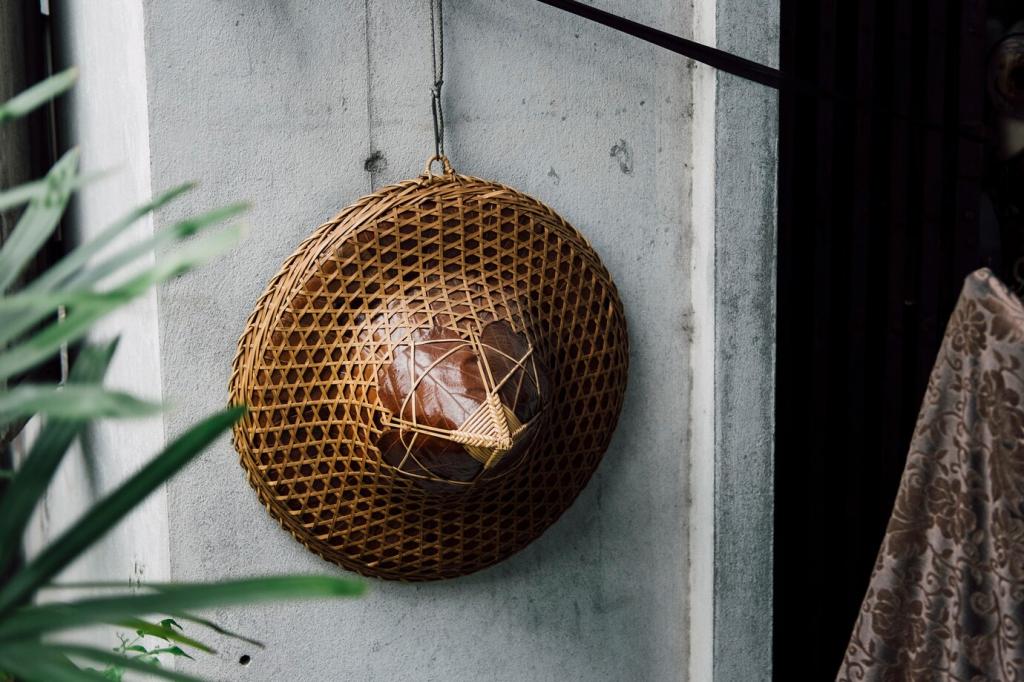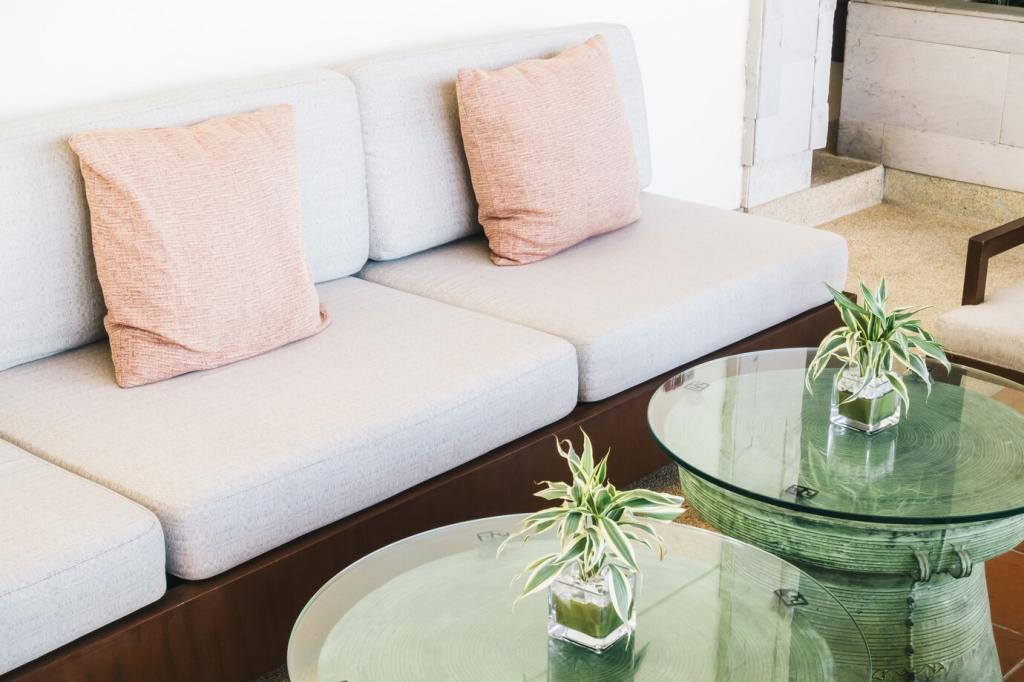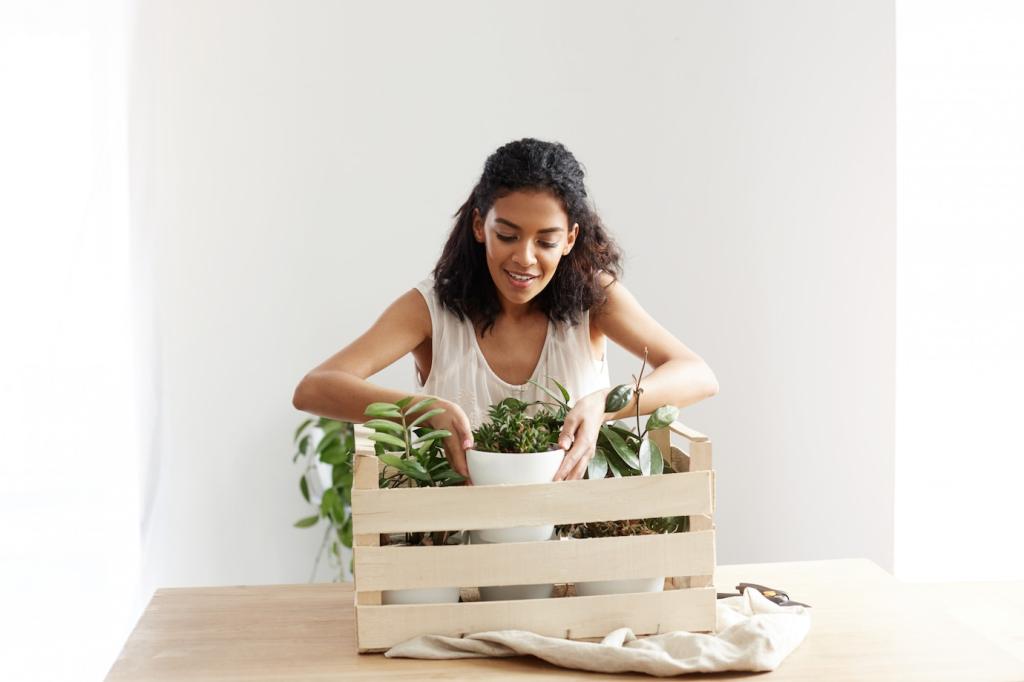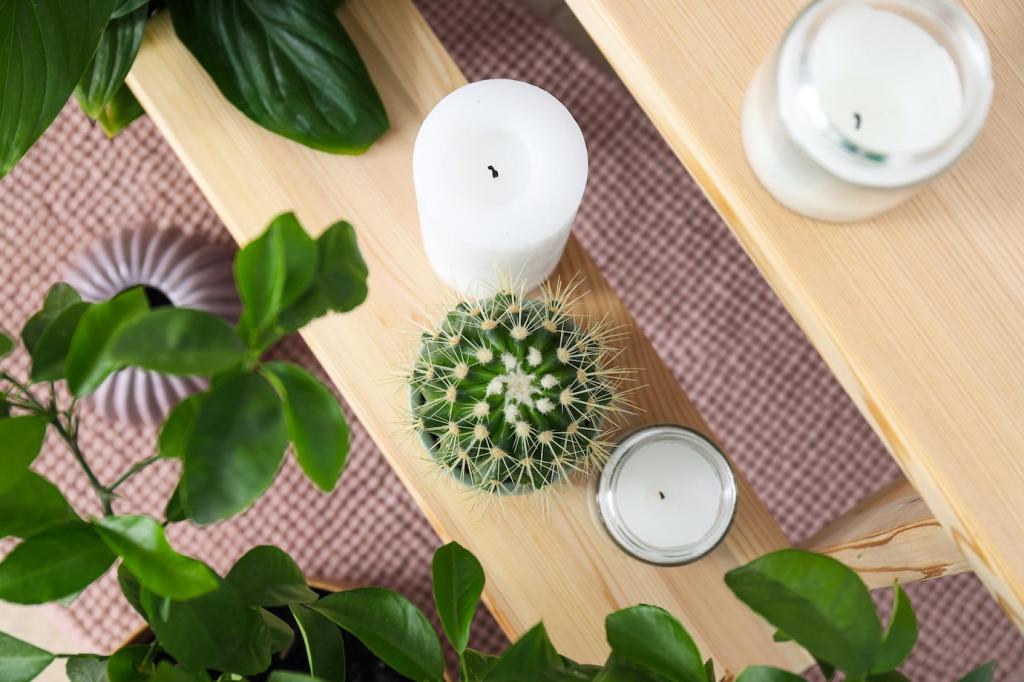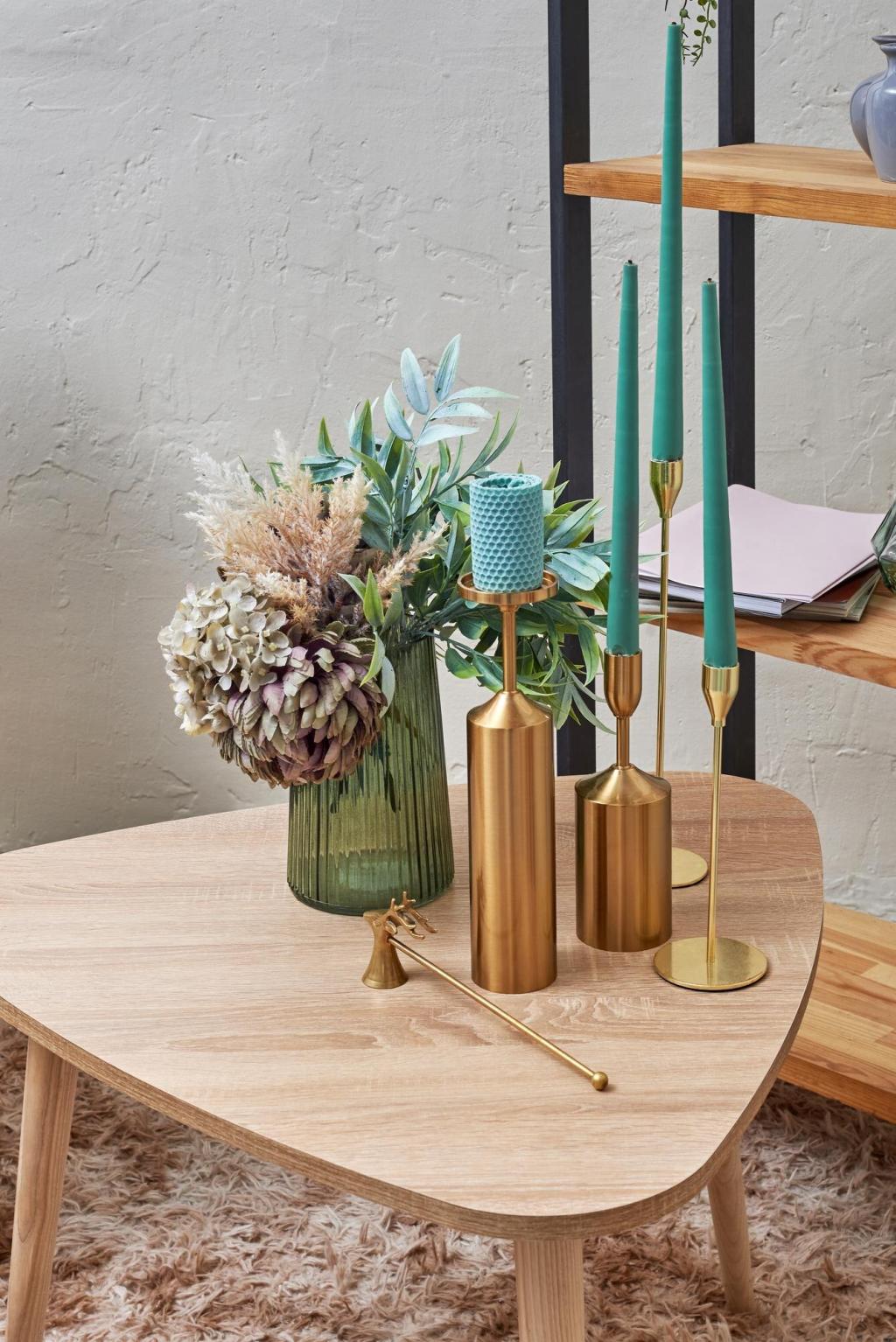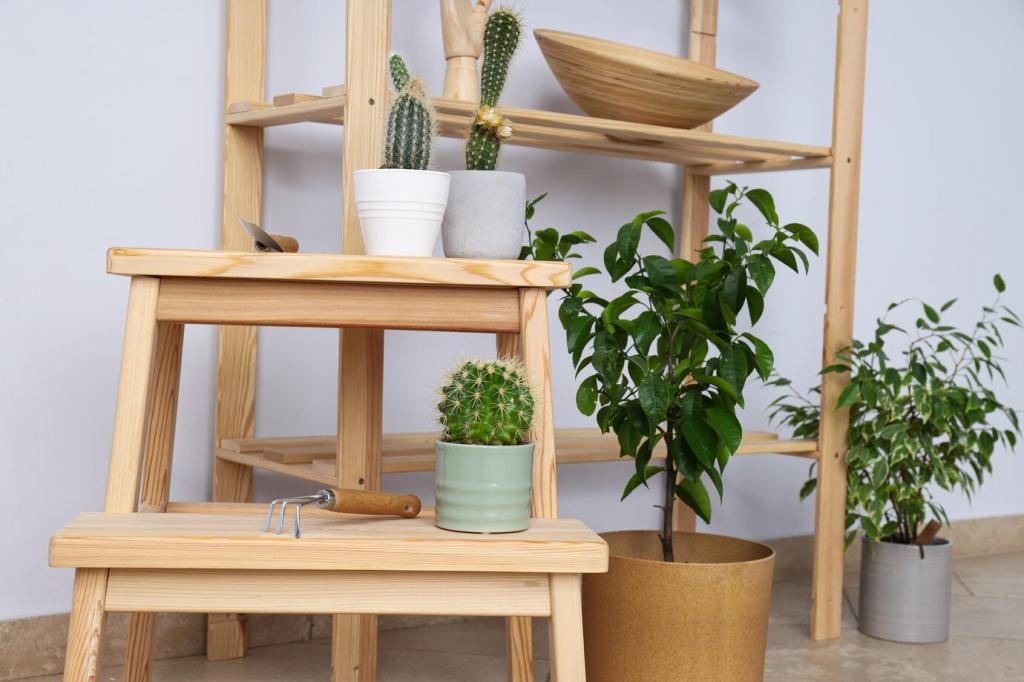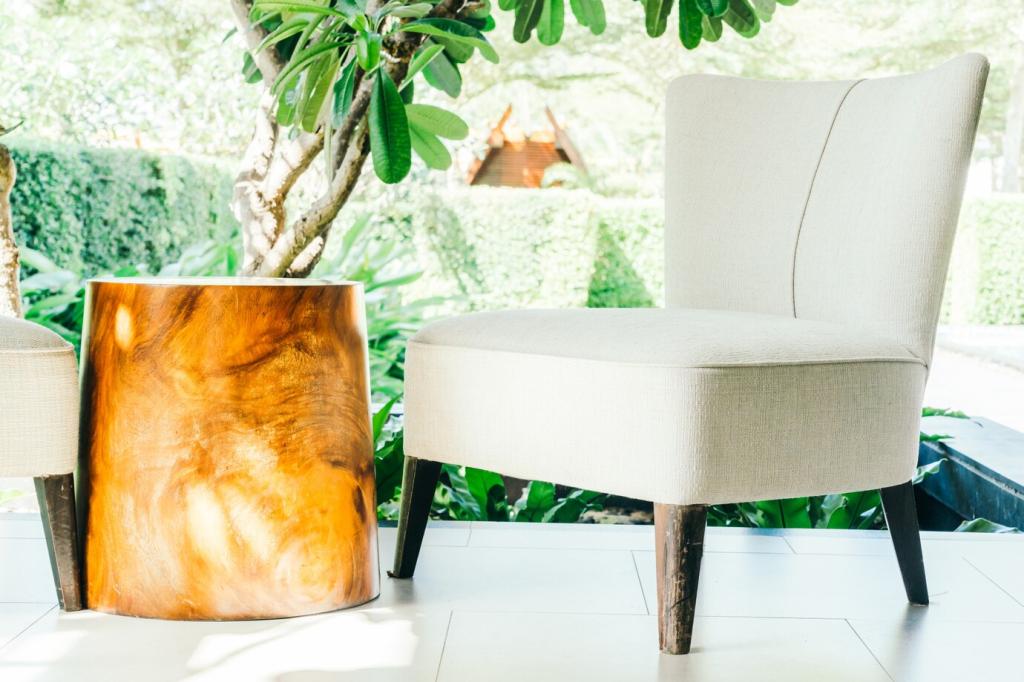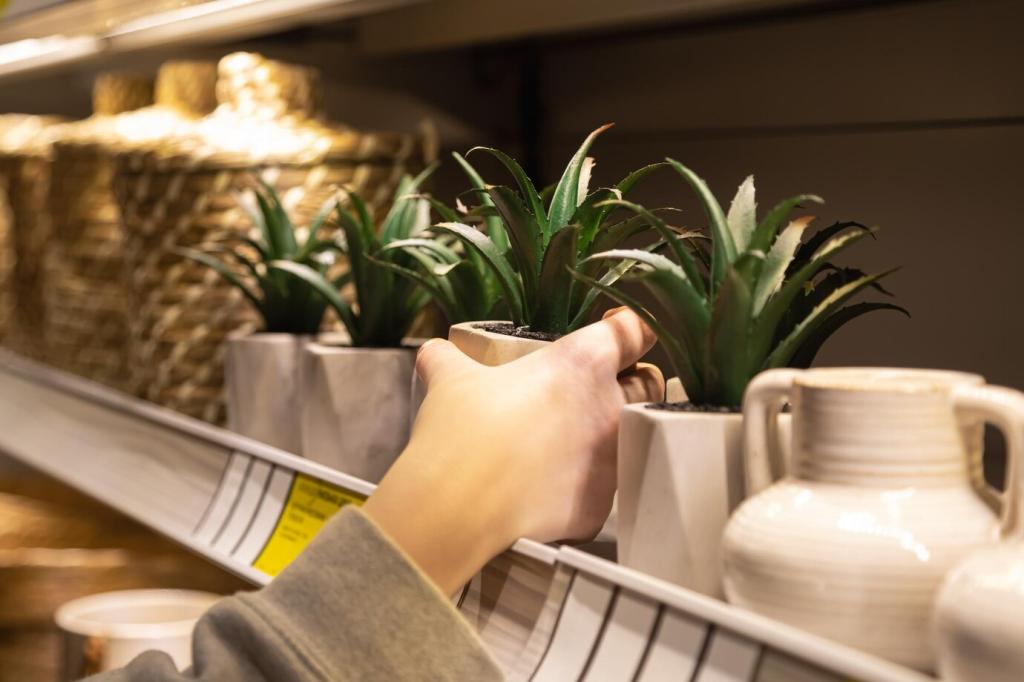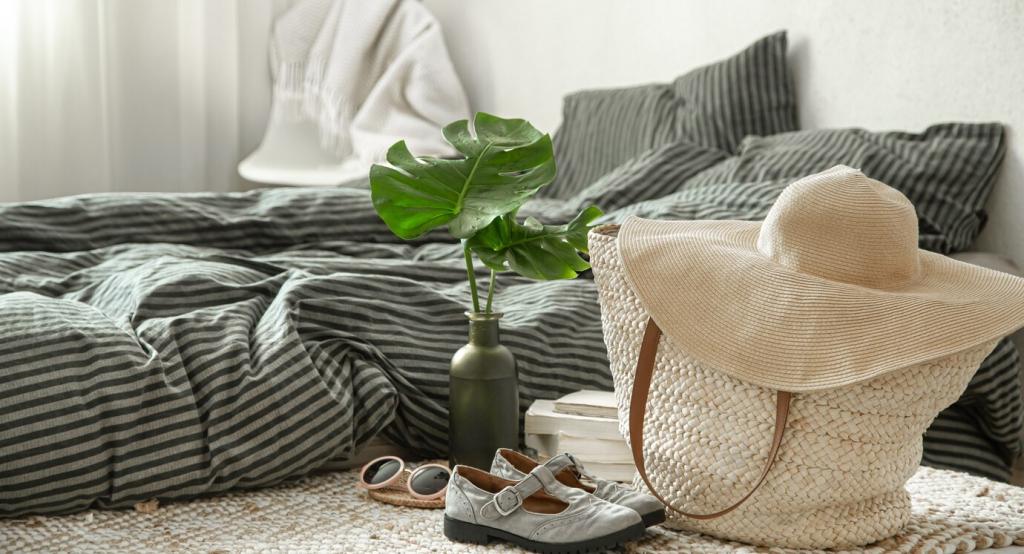Styling Modern Rooms with Sustainable Fabrics
Let textiles carry the design. Pair breezy linen drapes with felted wool stools and organic cotton sateen bedding for quiet depth. Fewer objects, richer tactility. Photograph your favorite textured corner and tag us—readers love seeing how a single fabric swap can transform a room without adding clutter.
Styling Modern Rooms with Sustainable Fabrics
Build palettes from clay, moss, oat, and storm‑blue tones. Plant‑based dyes and undyed neutrals read soothing and timeless in modern homes. Test colorfastness before upholstery. Want curated palette cards and pairing tips? Subscribe for our seasonal guide, and tell us which hue you’re considering for your next refresh.
Styling Modern Rooms with Sustainable Fabrics
Use sheer linen for daytime glow and layered hemp twill for evening privacy and insulation. Double‑rod setups allow flexibility through seasons and save energy. Which window gives you the most trouble—glare, heat, or streetlights? Vote in our poll, and we’ll craft a tailored fabric solution in an upcoming post.

